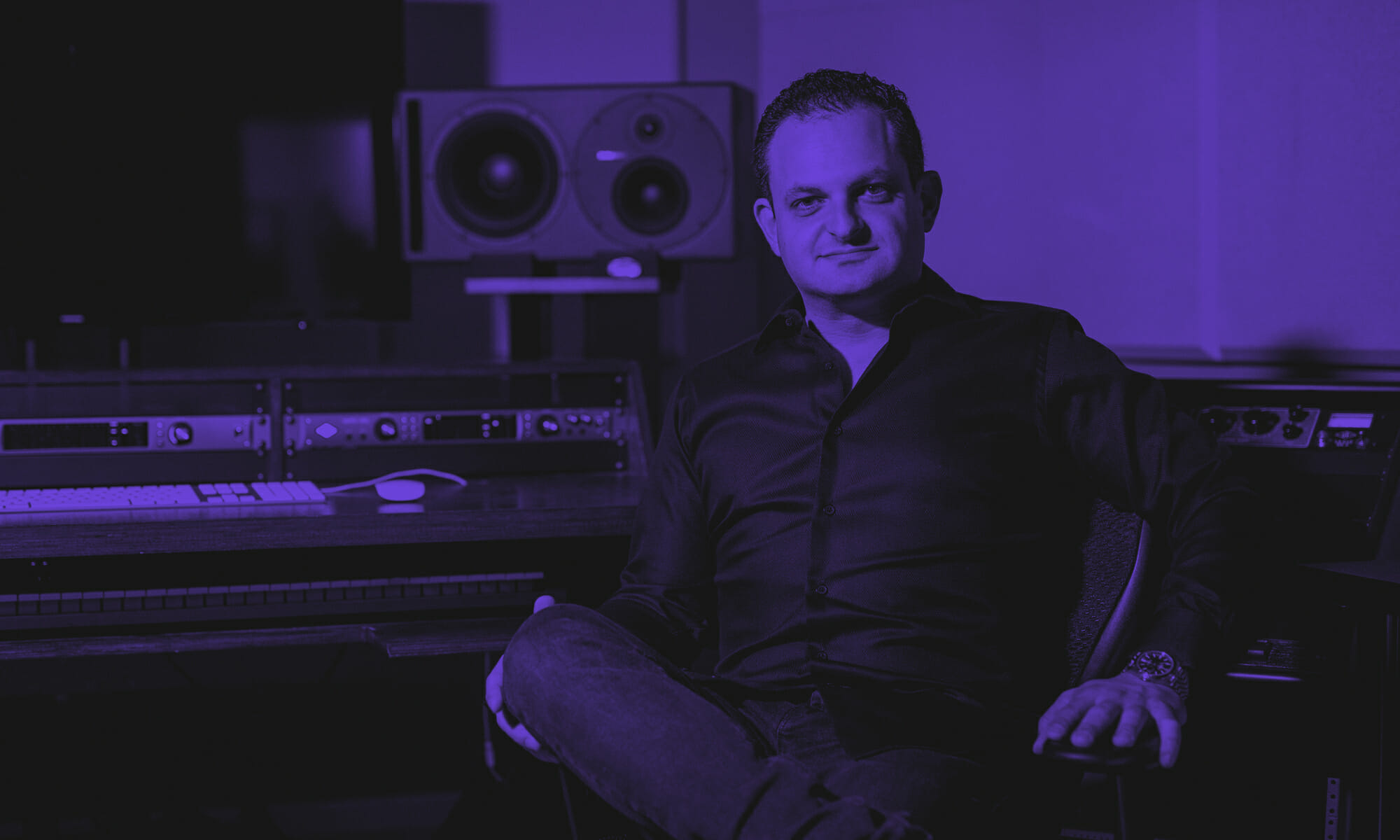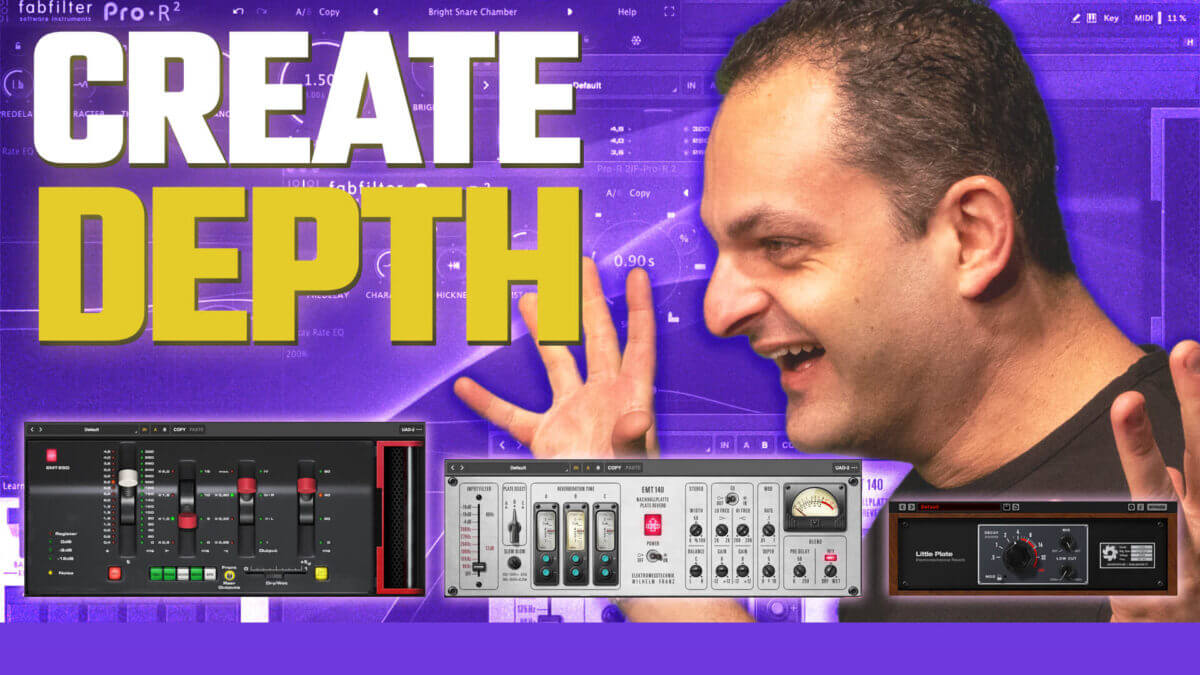Reverb is an essential tool in music production, capable of transforming flat, lifeless tracks into rich, immersive soundscapes. In my latest tutorial, I dive deep into the world of reverb, exploring its various types, characteristics, and how to effectively use it to add depth to your mixes. This comprehensive guide aims to explain reverb in-depth, from beginners to advanced users.
Understanding Reverb and Its Impact on Sound
Reverb, short for reverberation, is more than just an effect; it’s the reflection of sound that occurs after it hits surfaces in a space, eventually reaching the listener’s ears from multiple directions. This natural phenomenon can be replicated digitally to simulate different environments, from intimate rooms to vast halls, adding a sense of space and depth to your music. Imagine you putting the listener in a space. Reverb can help you do that.
Exploring the Aspects and Types of Reverb
Reverb characteristics such as decay time, pre-delay, and diffusion play crucial roles in shaping the sonic environment of your mix. The video covers the fundamental aspects of reverb, ensuring you understand how to manipulate these parameters to achieve your desired ambiance.
I also delve into the various types of reverb, including room, hall, plate, and spring, each offering unique characteristics suitable for different musical applications. For instance, plate reverb is renowned for its dense, smooth tail, making it a favorite for vocals, while spring reverb adds a distinctive color and texture, often used in guitar and retro-inspired music.
Leveraging Industry-Standard Reverb Plugins
To illustrate the practical application of these concepts, we showcase several revered reverb plugins:
Ableton Reverb: A versatile built-in option for Ableton users, offering a broad range of reverb types.
FabFilter Pro-R: Known for its clean, controllable sound and innovative features like the Decay Rate EQ.
Universal Audio Lexicon 224: A digital emulation of the classic hardware, celebrated for its lush, expansive tails.
Universal Audio EMT 140 Plate Reverb: A faithful recreation of the iconic plate reverb, delivering rich, vintage vibes.
Universal Audio EMT 250 Digital Reverb: An emulation of the first digital reverb unit, offering unique metallic tones.
Lustrous Plates & Soundtoys Little Plate: Both plugins provide distinct plate reverb sounds, from modern to vintage.
Applying Reverb in Music Production
Through practical examples, the tutorial demonstrates how reverb can be used to create depth, enhance emotional impact, and glue together disparate elements in a mix. Whether it’s subtly blending a vocal into a track or creating an expansive atmosphere for a lead instrument, reverb is an invaluable tool for music producers.
Reverb Golden Rules for a Balanced Mix
Key takeaways include the importance of the reverb’s golden rule – less is often more. Overuse of reverb can muddy a mix, obscuring details and clarity. Balancing room size and choosing between mono and stereo reverb applications are also crucial considerations for creating a well-defined and immersive sound.
Elevating Your Mixes with Reverb
Reverb is not just an effect but an art form that, when mastered, can elevate your music to new heights. By understanding the various types of reverb and learning how to apply them effectively in your productions, you can create depth, emotion, and atmosphere in your mixes.
Thanks for watching this video on using reverb to create depth in your mixes. Make sure to subscribe on YouTube for weekly tips and tricks. All first-time clients receive a free stereo-mastered sample, inquire to get your free sample now.
GET A FREE STEREO MASTERED SAMPLE

